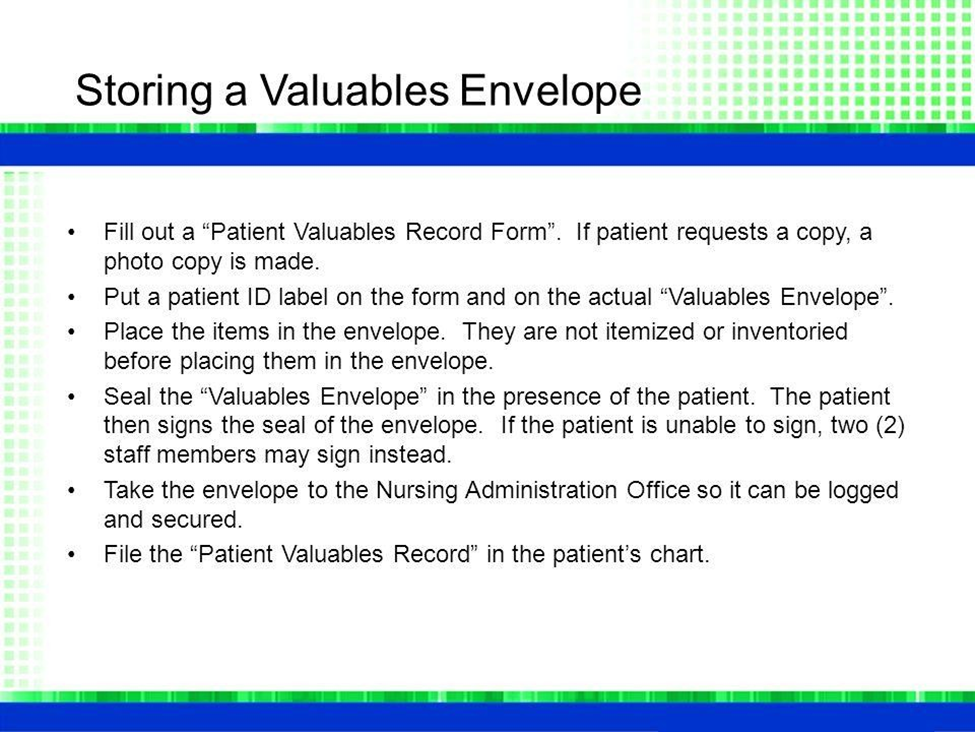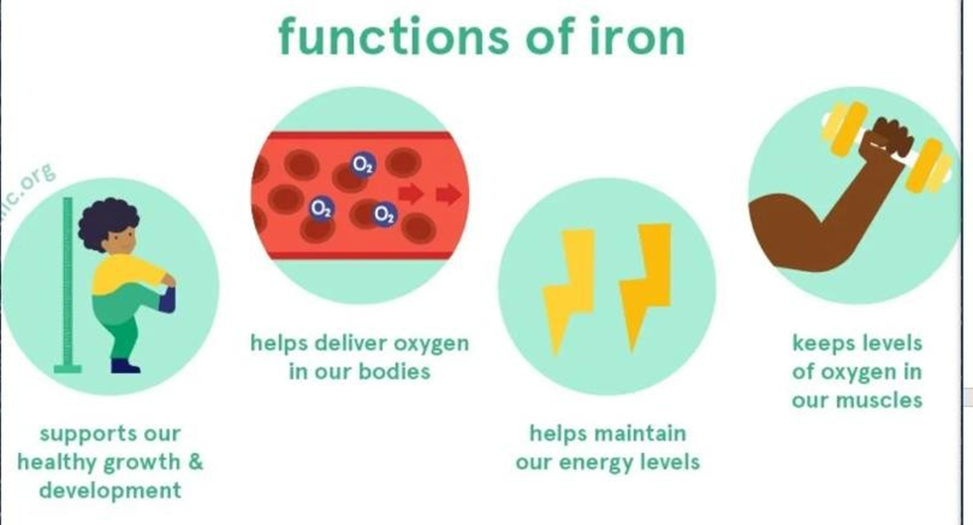The nurse orienting a new patient to the unit would include:
location of call bell and how to use it.
expected cost of the room per day.
times of the shift changes.
calling the patient by their first name for less formality.
The Correct Answer is A
A. Orienting the patient to the location of the call bell and instructing on its use is crucial for patient safety and assistance, enabling them to call for help when needed.
B. Discussing the expected cost of the room per day may be important but is typically handled by the administrative or financial services staff, not part of the nursing orientation.
C. Shift change times are important for staff but are less pertinent to a patient's immediate needs and orientation to the unit.
D. While creating a comfortable and friendly atmosphere is important, addressing the patient informally by their first name should be done only if the patient expresses a preference for it; it's not part of standard orientation.
Nursing Test Bank
Naxlex Comprehensive Predictor Exams
Related Questions
Correct Answer is D
Explanation
A. Sending valuables home with a family member might not be feasible or safe in an emergency situation.
B. Locking valuables in the narcotics cabinet is not appropriate; this cabinet is typically designated for medication storage, not personal items.
C. Placing valuables in the patient's closet doesn't ensure their security; it's not a designated secure area.
D. Using a valuables envelope and securing them in the agency safe ensures the security of the patient's belongings while they are hospitalized.

Correct Answer is A
Explanation
A. Iron is a crucial component of hemoglobin in red blood cells, responsible for carrying oxygen throughout the body.
B. Magnesium is involved in various enzymatic reactions, nerve function, and muscle contractions, but it's not directly involved in oxygen transport.
C. Potassium plays a role in maintaining electrolyte balance and cell function, not in oxygen transport.
D. Phosphorus is essential for bone health, energy metabolism, and cell membrane formation but is not directly involved in oxygen transport.

Whether you are a student looking to ace your exams or a practicing nurse seeking to enhance your expertise , our nursing education contents will empower you with the confidence and competence to make a difference in the lives of patients and become a respected leader in the healthcare field.
Visit Naxlex, invest in your future and unlock endless possibilities with our unparalleled nursing education contents today
Report Wrong Answer on the Current Question
Do you disagree with the answer? If yes, what is your expected answer? Explain.
Kindly be descriptive with the issue you are facing.
